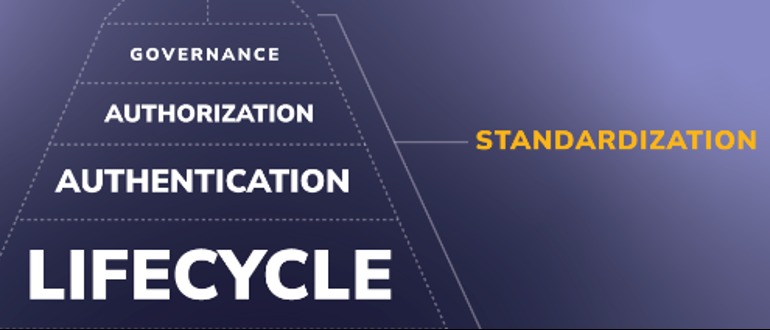When we think of digital identity, it is usually in terms of human beings — personal logins, usernames, passwords, and the like that enable us to access apps and services. However, a major part of digital identity is being ignored within organizations — machine identities. A machine can be anything from an IoT device to servers. We also need to consider the workloads that run on those devices, such as containers, microservices or even a bash script, and how they too need identities. So, why should we be concerned about the security of machines and workload identities?
Just as human identities can be hacked and used to steal critical information, so can machine and workload identities. If these identities are not being managed consistently across environments, they can pose an increased risk of compromise to your organization.
In addition, the number of machines and workload identities are only going to increase as multi-cloud becomes the norm and more people adopt cloud-native architectures. In 2023, workload identities outnumbered human identities 10 to 1, and that gap is set to widen substantially in the coming years. I anticipate it could even become 100 to 1 very soon.
Let’s dive into some advice for managing machine and workload identities.
Ensuring Consistent Identities
First, anything running inside your business — whether it is a script or a full-blown workload —should be given the same considerations and security guardrails as a human identity. This is a business-wide issue because as cloud adoption increases, so do workloads. It is not enough to be given an identity though — it needs to be a consistent identity that is secure, short-lived and vetted thoroughly. If we think of human identity, it is often difficult for people to keep up with their various logins, locations and passwords. Humans often need to reset their password or username because they forget it. This leads to frustration and risk, as well as a productivity slowdown. The same can happen with workload identities, so it is critical to ensure that their identity is consistent within the organization to protect it from threats.
The Workload Identity Pyramid
The next piece of advice is to think of workload identities in terms of a pyramid. At the base of the pyramid, we have the bootstrap and attestation of the identities of our workloads and where we manage the lifecycle. Then, one level above is authentication. Authentication ensures that each entity is correctly identified and verified. Above authentication is authorization, which determines what resources or actions the entity is permitted to access or perform. Finally, at the top, is governance — better ensuring the management and governance of those authorization and authentication rules. Only when each level of the pyramid is reached we can begin to consider the next step, which is standardization.
Implementing an Open-Source Standard
Finally, with the explosive growth of development platforms like Kubernetes, and because all workloads need a verifiable ID, it is important to implement an open-source standard for consistently and securely identifying software systems. An open standard means all major vendors can and will adopt it, which will improve compatibility and extend the reach of solutions. This will ensure that regardless of where the workload is running, security and IT teams can identify, manage and govern it. With governance standards in place, organizations will be better protected from growing risks. A good example of an open-source standard is SPIFFE, the secure production identity framework. SPIFFE is in the same foundation as Kubernetes — the Cloud Native Computing Foundation (CNCF) along with many of the other projects it is likely to interoperate with. Although it is built for and designed keeping Kubernetes in mind, it can also be applied to traditional, proprietary on-premises solutions, which makes it powerful for platform engineers and infosec teams alike.
The perimeter is dead and services are now running everywhere — from on-prem to the cloud and beyond. With high-profile cyberattacks such as SolarWinds and zero-trust mandates from the federal government making mainstream news, identity security is being recognized as a complex issue that needs to be addressed. It is no longer enough to only consider human identity as something we need to secure — we also need to assign unique identities to machines and the workloads that run on them to help security and IT teams secure workloads across cloud environments. These are all necessary steps to properly protect organizations from future risks.
